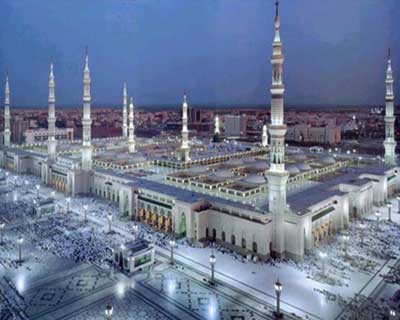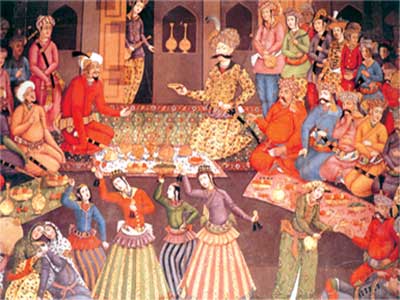The Ottoman Empire's collapse at the beginning of the twentieth century was a defining factor that determined the state of the Islamic world for the rest of the century, for many new countries arose from its ashes. However, none of them ever achieved the same degree of stability and contentment their people enjoyed during the Ottoman era.
 |
In the twenty-first century, many problems await a solution and many conflicts need to be resolved. The balances destroyed by the Ottoman collapse were never properly restored, and thus hotspots and highly sensitive areas—most of which happen to be in the Islamic world, were created. Some of these problems were overcome by temporary measures, whereas others continue to fuel conflict and tension until today.
Most of these conflicts directly affect lands densely populated by Muslims (e.g., Palestine, Kashmir, Iraq, Afghanistan and others). Furthermore, the increasing assertions about the inevitability of a clash of civilizations, as well as aggressive anti-Muslim propaganda, make the Islamic world a target in the eyes of some circles. This attitude, in turn, causes unnecessary and artificial tension and anxiety in society. Such matters trigger the question as to which strategy the Muslims of the first twenty-first century should adopt.
To determine the correct strategy, one must have a very clear understanding of the Islamic world's present condition and situation. At this point, our analysis of the contemporary Islamic world is presented below.
 |
| A ceremony made in the name of Shah Abbas I of the Safavid Dynasty. |
Islamic civilization, as represented by the great Ottoman, Safavid, and Mughal empires in the sixteenth and seventeenth centuries, was the dominant power in central and southern Asia, northern Africa, and southern Europe. The Ottomans ruled a large territory covering the Balkans, Anatolia, Mesopotamia, and parts of Arabia and North Africa; the Safavids ruled Persia and some neighboring territories; and the Mughals ruled much of the Indian subcontinent. However, Islam's rule gradually shrank and weakened. First, the Mughal Empire collapsed and thus opened a new era for South Asian Muslims. The heir to the Safavid Empire, the Qajar dynasty, managed to survive until the 1920s, albeit without power or influence. Gradually, these lands came under British and Russian rule. Meanwhile, the Ottoman Empire, which was being weakened by the continuing loss of land and internal turmoil, finally collapsed in the aftermath of the First World War.
The collapse of the Ottoman Empire, the largest and most influential state in the Islamic world, led to historical changes in Islamic geography, particularly in the Middle East and parts of the Arabian Peninsula. Throughout the twentieth century, the nation-states formed by the invading European powers remained the source of the region's tension and discontent.
 |
| Ottoman Empire, Mughal Empire, Safavid Empire |
The Islamic world, which had given rise to great civilizations, began to withdraw into itself. Muslims in the Middle East, as well as in North Africa and South Asia, suffered oppression under colonial rule. Most of these countries managed to gain their independence only in the second half of the twentieth century. The struggle for independence was very bloody in some countries, such as in Algeria. Millions of innocent people perished, and countless people were left crippled by torture and persecution. Even after independence and the colonial powers' withdrawal, these lands have not found peace and security. In short, a great part of the Islamic world spent the twentieth century enduring warfare, conflict, destitution, and abject poverty.
However, the world of Islam was not always like this.
The history of the past fourteen centuries reveals an altogether different picture: Humanity's most brilliant cultural and scientific advancements were made possible by Islam. At a time when Europe was still shrouded in darkness, Muslims founded the most amazing civilization on the planet, and Islamic morality illuminated the world.